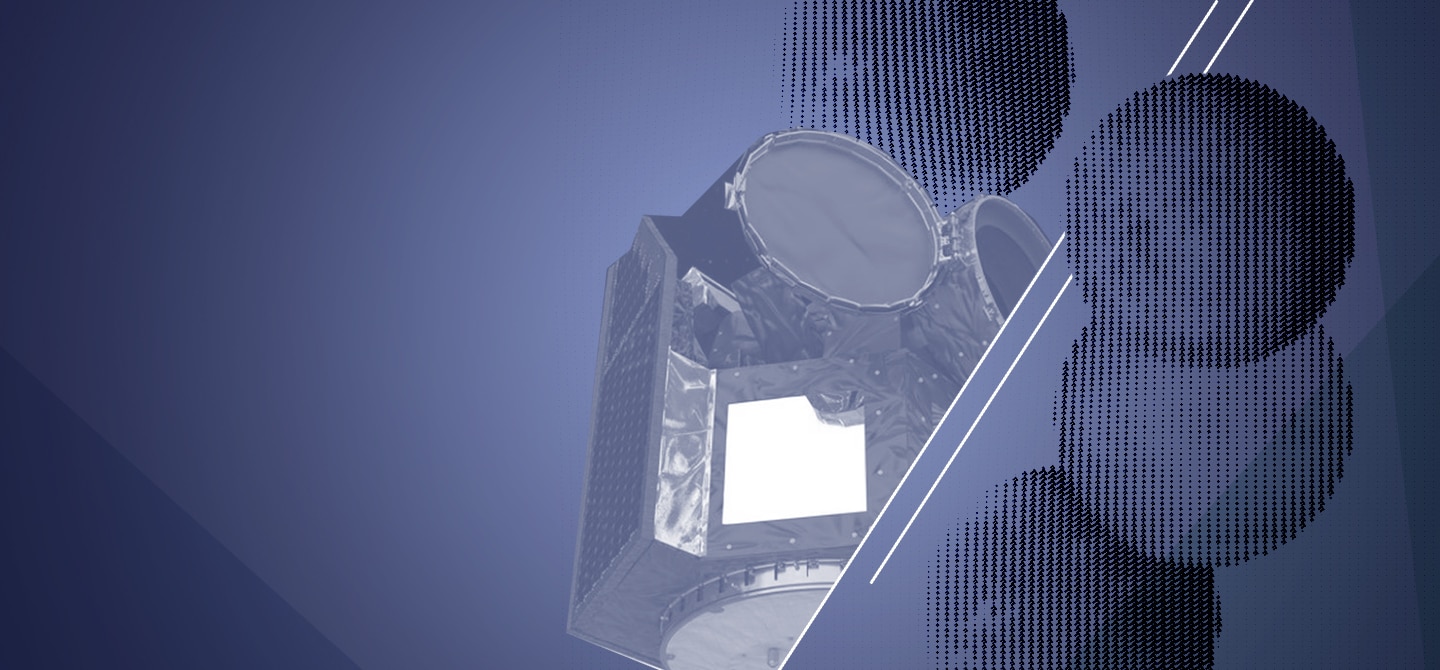Where can we realistically envisage going for space exploration missions?
Francis Rocard. If we consider manned or resource exploitation missions, possible destinations are the Moon, Venus, Mars or asteroids. Today, exploration projects are mainly concerned with Mars. Let me explain. With the Apollo missions, the Americans went to the Moon. Kennedy won the gamble he had taken to get there before the end of the decade and ahead of the Russians. At the time, it was imagined that there would be a new El dorado in space after telecoms with microgravity to produce materials or medicines, and that all this would attract private investment. Fifty years later, it must be said that that part was a misapprehension. In the end, there was no private investment as had been expected, and space exploration was ultimately funded by public resources alone. Following that, the United States focused on low Earth orbit and built the International Space Station (ISS). But it is now becoming fragile as it requires a lot of maintenance and is expected to be shut down by 2028–2030. To maintain its leadership in space, the US needs to move on. So, the next step will almost certainly be Mars!
Why Mars?
It’s not for scientific reasons or to find traces of life because that is already underway with the Perseverance rover and the samples it will bring back to Earth in several years for analysis. Moreover, when Kennedy launched the project to go to the Moon, the question of a scientific return was not even on the cards! Nor was it to exploit resources. After all, there is no financial return to be expected from those activities. The only interesting resources on Mars are those that will be used for the mission. When asked by journalists why he wanted to climb Everest, the mountaineer George Mallory replied: “because it’s there”. The same is true of Mars. After the Moon and low Earth orbit, it is the most inspiring goal. Moreover, there is a real consensus between the White House, Congress and NASA on this common goal of pursuing human spaceflight and maintaining the American lead in this field. In 2010, President Barack Obama cancelled the Constellation programme, which aimed to send astronauts to the Moon on long-duration missions. However, he did not cancel the long-term vision of sending astronauts to Mars. It is said that a leader does not compare himself to others, that he must take risks and move forward and that is what the US is doing. Mars is the new American frontier!
The project is far too heavy and too expensive to do everything in parallel as was done for the Moon, where all the different components were carried out at once.
How will we get to Mars?
In several stages. The project is far too heavy and too expensive to do everything in parallel as was done for the Moon, where all the different components were carried out at once: the launcher, the lunar module, the Apollo capsule, the rover, etc. This model is absolutely impossible for Mars. To do that, you would need to multiply NASA’s annual budget – currently ~$22 billion – by at least 4 times, not counting the budgets of the Department of Defense and other agencies involved. So, it will have to do be done sequentially. This plan makes it possible to extend the duration, to spread out expenditure over time and to develop the technologies, tools and vehicles which, when put together, will make it possible to reach Mars – a particularly complex destination, to say the least.
Strategic and geographical stages have been defined to move from low orbit to the surface of Mars. The choice was made to start from lunar orbit (around the moon) where the Lunar Orbital Platform Gateway (LOP‑G), a space station, a sort of small ISS, will be built. The Power Propulsion Element (PPE), a type of space-tug, will transfer the habitation modules from Earth orbit to the Moon’s orbit where they will be assembled. This tug prefigures the one that will be used to transport the modules to Mars later on.
The main innovation in this scheme is the autonomy required for this station, which will have to be maintained at 380,000 km from Earth. The LOP‑G will make it possible to see how to satisfy resource requirements, in particular water that will need to be extracted from the cold craters of the South Pole, and to study the possibility of manufacturing propellants. There are many problems to be solved for the production of oxygen or hydrogen, especially for liquid hydrogen, which would have to be stored in large tanks to be able to refuel when necessary.
The LOP‑G will be like a filling station where you come to fill up with water or fuel before going to Mars. Similarly, to find out if it is possible to produce methane, we need to go to the cold craters on the Moon to see if there is any carbon, quantify it, find out what technologies are available and under what conditions it can be extracted, because in these craters the temperature drops to ‑200°C! The Moxie demonstrator on board the Perseverance rover has succeeded in producing a few grams of oxygen from the CO2 in the Martian atmosphere, but to go to Mars, live there and return, tonnes of oxygen and methane will have to be produced.
So, the Moon is the preparation and rehearsal site for Mars?
This stage of the LOP‑G will allow us to carry out ‘Proof of Concepts’, without which we will never know if it is possible to go to Mars. That being said, it must only be a step in the process. We must avoid getting stuck on the Moon. We will have set up bases and send astronauts, but the risk is that the lunar phase will last longer than expected, especially as the Chinese will also be there and the Americans will want to occupy the ground. Expected to last about ten years, this phase could last up to two or even three decades. But while it lasts, it will consume a big chunk of NASA’s budget, bearing in mind that each SLS launch costs about $1 billion. The question is, when will the switch to Mars take place?








